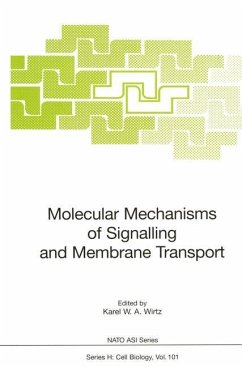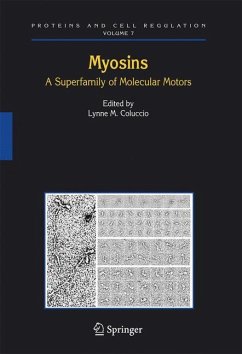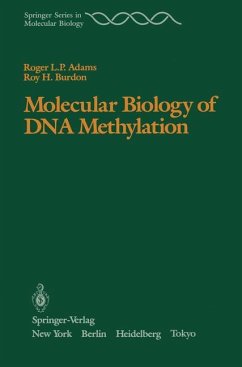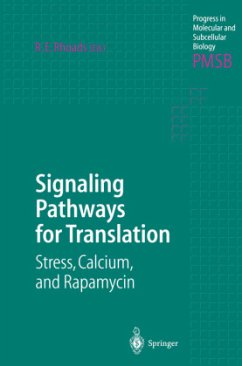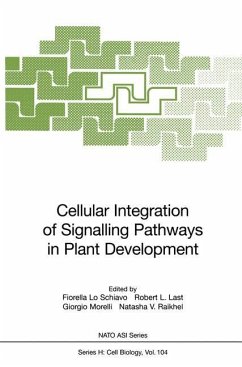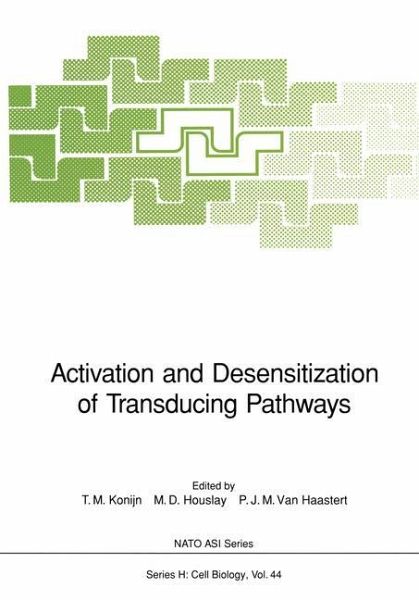
Activation and Desensitization of Transducing Pathways
Versandkostenfrei!
Versandfertig in 1-2 Wochen
77,99 €
inkl. MwSt.

PAYBACK Punkte
39 °P sammeln!
Activation by and desensitization to signals originating from the environment is common in all organisms, ranging from prokaryotes to higher eukaryotes. Recently, a number of novel mechanisms involved in activation and desensitization have been elucidated. The similarities of the molecular mechanisms of activation and desensitization in the various systems are striking. In the first book (1987) on this topic, the functional and structural similarities of the various mechanisms to attenuate the effect of an outward signal were emphasized. Justification to have a second book three years later is...
Activation by and desensitization to signals originating from the environment is common in all organisms, ranging from prokaryotes to higher eukaryotes. Recently, a number of novel mechanisms involved in activation and desensitization have been elucidated. The similarities of the molecular mechanisms of activation and desensitization in the various systems are striking. In the first book (1987) on this topic, the functional and structural similarities of the various mechanisms to attenuate the effect of an outward signal were emphasized. Justification to have a second book three years later is the explosive growth of information in the field. More components involved in signal transfer have been discovered and also that several more G-proteins appear to play a role during this process. The interest in signal attenuation concurs with these developments. The emphasis in this book is on the common signal transfer elements responsible for activation and desensitization in animals, plants and microorganisms.



